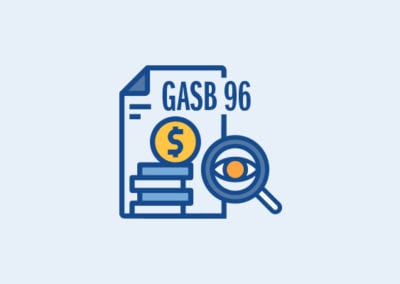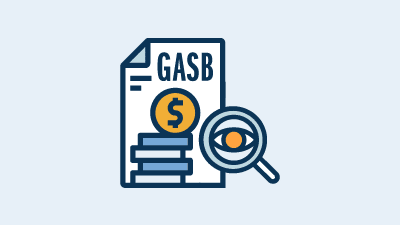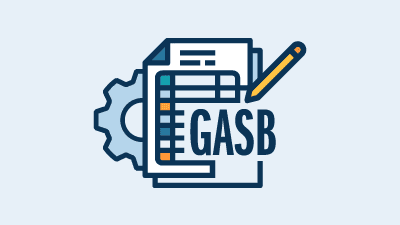GASB Statements 87 & 96: An Intro and Comparison
This webinar provides an overview of GASB 87 and GASB 96, including the definitions of a lease and a subscription presented in the standards, as well as the similarities and differences of the accounting treatments presented in each. LeaseQuery experts will explore how these standards apply to government entities and what factors to look for when starting your transition.
Recent Blogs
Lessor vs. Lessee: Differences, Accounting, & More Explained
1. Lessee meaning 2. Lessor meaning Lessor vs. lienholder 3. Who are the lessor and the lessee in rental agreements? Commercial real estate Lessor and lessee in subleases Sale-leaseback transactions 4. What is lessor’s risk insurance? 5. Differences in lessor vs....
Bonds Payable: Understanding the Basics of Accounting for Bonds
1. What are bonds payable? Interest in bonds Discount vs. premium Issuance costs 2. Bonds payable accounting Amortization of the discount or premium 3. Summary 4. Related articlesWhen an organization requires additional funds, a common action is to borrow money from a...
Software Capitalization Rules under US GAAP and GASB
1. Software Capitalization Rules under FASB and GASB 2. Types of software Purchased software Internally-developed software Software as a Service (SaaS) 3. SummarySoftware Capitalization Rules under FASB and GASB The capitalization of software development costs was a...






